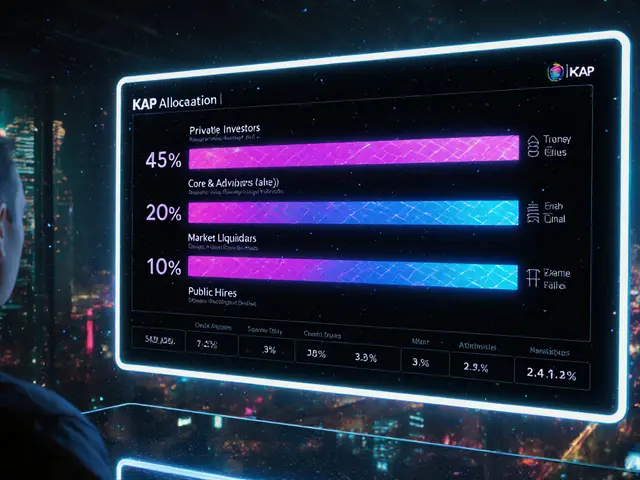
EigenLayer – The Restaking Frontier
When talking about EigenLayer, a restaking protocol built on Ethereum that lets ETH stakers redeploy their stake to protect other services. Also known as EigenLayer protocol, it enables a new security model for the whole ecosystem. Restaking, the act of reusing the same locked ETH to back multiple applications is the core idea; it extends the economic guarantees of Ethereum without requiring fresh capital. Ethereum, the base layer blockchain that secures the network with proof‑of‑stake provides the underlying consensus, so EigenLayer can focus on modular security instead of building a new chain. This combination creates a semantic triple: EigenLayer ↔ restaking ↔ Ethereum. In practice, a staker who locks 32 ETH for the beacon chain can also opt into EigenLayer, letting that same stake back DeFi protocols, oracle services, or new rollups. The protocol adds a slashing layer, meaning if a child service misbehaves, part of the shared stake can be burned – a mechanism that slashing, penalizing dishonest behavior by removing part of the staked assets enforces honest participation across the stack. By reusing economic security, EigenLayer lowers entry barriers for innovators while boosting the overall resilience of the DeFi landscape.
Why EigenLayer Matters for DeFi
EigenLayer’s token, EIGEN, the governance and incentive token that rewards restakers and pays for slashing insurance, ties the protocol’s health to its community. Token holders vote on which services can access the shared stake, set slashing parameters, and decide on reward distribution. This governance loop creates a clear attribute: participation incentives align with security outcomes. For a DeFi developer, plugging into EigenLayer means you inherit a robust security guarantee without needing to bootstrap your own validator set. For an investor, the restaking model opens a new yield avenue – you can earn extra returns on top of the usual ETH staking rewards by opting into high‑quality services. The protocol also supports modular upgrades; new security primitives can be added without disrupting the main chain, which is a big win for fast‑moving DeFi projects. In short, EigenLayer bridges the gap between base‑layer security and application‑layer innovation, turning ETH’s strong consensus into a reusable resource for the whole ecosystem.
Below you’ll find a curated set of articles that dive deeper into topics surrounding EigenLayer and the broader crypto world. From self‑sovereign identity solutions that could benefit from shared security, to airdrop guides that explain how new token distributions work, to compliance pieces on the EU Travel Rule and Australian consumer protection – the collection gives you practical insights and real‑world examples. Whether you’re a staker curious about extra yields, a developer evaluating security options, or just someone who wants to stay ahead of DeFi trends, the posts below will help you connect the dots and make informed decisions about restaking, token economics, and the future of decentralized finance.




